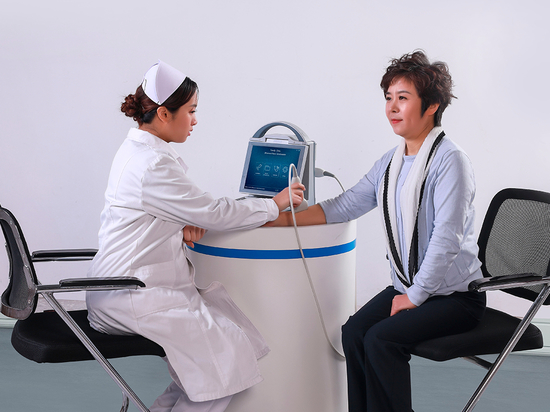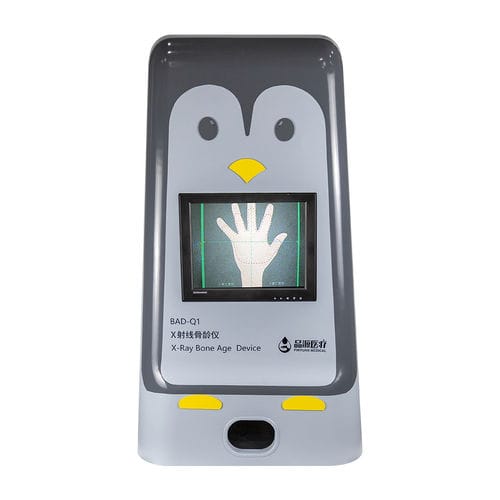
#Industry News
If you want to know how tall your child can grow, you must measure bone age!
Bone age measurement is an important means to understand the height growth potential of children, timely detection of growth and development problems, and the development of personalized nutrition and exercise plans.
In the growing process of children, the height problem has always been the focus of parents. Many parents want to know their children's height growth potential in advance so that they can take appropriate measures to help their children reach the ideal height. Bone age measurement, as a scientific and effective method, is the "key" to help parents realize this wish.
1. What is bone age?
Bone age, in short, is the age of the bones. It is the result of taking the X-ray film of the child's left palm, observing the development of the phalanges, carpals and the ossification center of the distal radioulna, and conducting a comprehensive assessment combined with the actual age of the child. Bone age can reflect the growth and development of children's bones and is an important indicator to evaluate the growth and development maturity of children.
2. Why bone age?
Predicting height growth potential
Measuring bone age can roughly predict a child's future height growth potential. By comparing the difference between bone age and actual age, doctors can determine whether a child's bone development is ahead or behind, and thus predict future height trends. This is undoubtedly an important reference for parents.
Timely detection of growth and development problems
Bone age measurement can also help parents identify growth problems in their children in a timely manner. If the child's bone age is different from the actual age, it may mean that there are growth and development abnormalities, such as growth hormone deficiency, precocious puberty, etc. These problems, if not detected and treated in time, can have adverse effects on a child's height and overall health.
Develop a personalized nutrition and exercise plan
After knowing the bone age of the child, parents can develop a personalized nutrition and exercise plan according to the bone development of the child. For example, for children with delayed bone development, parents can appropriately increase the intake of protein and vitamin D, while encouraging children to perform appropriate jumping exercises to promote bone growth.
3. How to measure bone age?
The process of measuring bone age is not complicated. In general, with X-ray bone rheometer, the whole process is fast and safe, and parents do not need to worry too much about the effect of X-ray radiation on their children, because the X-ray radiation dose of bone age determination is very small and has little effect on the health of the child.
4. Precautions for bone age measurement
Choose a regular hospital
In order to ensure the accuracy of bone age measurement, parents should choose a regular hospital or a professional pediatric medical institution for testing. These institutions often have advanced equipment and professional teams of doctors to provide more accurate and reliable test results.
Avoid frequent testing
While bone age testing has little impact on a child's health, parents should also avoid frequent testing. In general, an annual bone age assessment is sufficient. Too frequent testing will not only increase the psychological burden of children, but also waste medical resources.
Combined with other factors comprehensive assessment
Bone age is only one aspect of assessing a child's growth and development. After parents understand the child's bone age, they should also conduct a comprehensive assessment of the child's height, weight, growth rate and genetic factors. In this way, we can more accurately understand the growth and development of children and take appropriate measures.
5. Conclusion
Bone age measurement is an important means to understand the height growth potential of children, timely detection of growth and development problems, and the development of personalized nutrition and exercise plans. Parents should pay attention to the determination of bone age of their children, choose a regular hospital for testing, and conduct a comprehensive assessment combined with other factors. Through scientific methods and reasonable measures, we can help children better realize their height growth potential, so that they can grow healthily and confidently.





